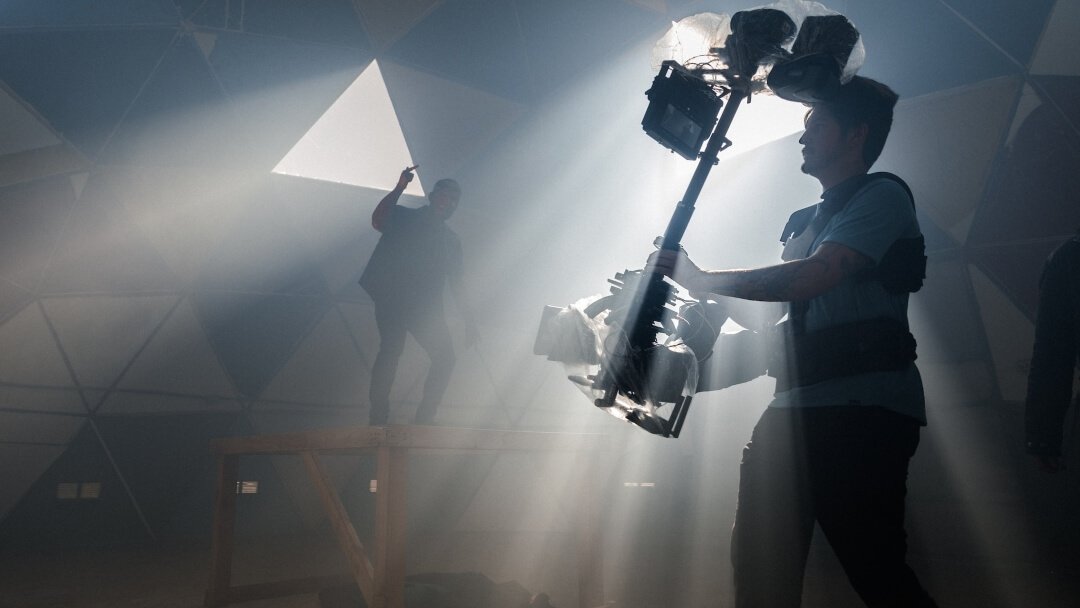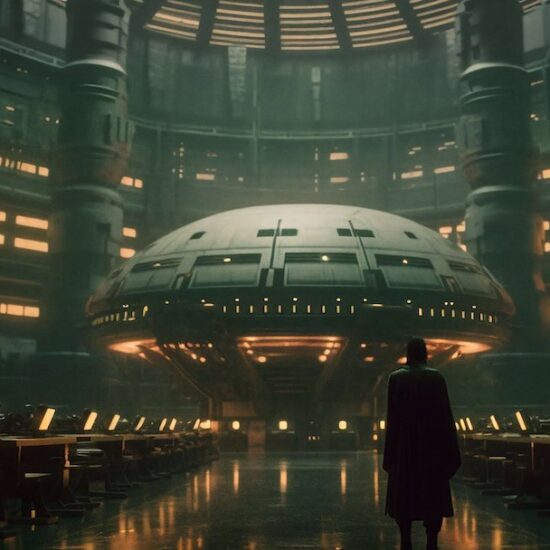
Safety is a high priority in the film industry. Many movies have scenes involving dangerous stunts or unforgiving weather conditions. For example, the “Mission: Impossible” and “Mad Max” series include dangerous choreography and explosions the crew had to plan meticulously.
Unfortunately, some filmmakers don’t plan for these factors and compromise their crew. Make your set stand out with these six safety measures other producers often neglect.
1. Start Safety in Pre-production
Safety comes first, so filmmakers should start their preparations in the pre-production stage. When researching locations, send scouts to inspect the area and determine if hazards exist. They will perform tasks like examining the structural integrity of buildings, determining the accessibility of the site and considering the security and crime risks present.
Scouting is a significant part of a filmmaker’s risk assessment. This evaluation is critical because it protects the cast and crew when filming. Plus, the location may require a risk assessment to proceed. For example, filming in Oxfordshire, England, requires a risk assessment form to shoot on the public highway.
2. Allow Breaks
Filming requires long days of 12 hours or more. You may believe in your crew’s endurance and willpower, but they aren’t superhuman. They’ll get tired throughout the day and need rest, so be sure to allow for breaks when shooting.
If you don’t need a particular crew member or actor for a while, encourage them to rest or nap to increase their energy levels when it’s time for their scenes.
3. Hire Professionals
Amateur filmmakers often have tight budgets, so every penny matters when allocating funds. However, you should make room for professionals if the film contains dangerous acts or animals. Some amateurs neglect this aspect and pay the price later.
For example, films often have stunt coordinators to assist with the dangerous acts seen on the silver screen. These professionals ensure the actors’ stunts are safe and realistic for the camera.
Another example is an animal professional like a veterinarian or wrangler. Animals don’t always comply with human commands, so it’s essential to have these workers nearby to care for the creatures during fireworks scenes or when inclement weather arrives.
4. Enforce Safety Guidelines
Before filming begins, filmmakers should establish their safety expectations for the cast and crew. Everybody from the prop master to the director must follow the rules and set an example for everybody else on the set. Create an atmosphere where people think about safety when shooting scenes involving dangerous acts.
Filmmakers should set expectations and enforce them when necessary. Encourage the cast and crew to hold each other accountable and raise red flags when they think something is wrong. For example, one of the scenes could be dangerous to the eyes. Producers should provide protective eyewear to shield against ultraviolet light and ensure everybody wears the glasses.
5. Check the Weather
Filmmakers can foster a safe environment with protective gear and stunt coordinators, but one thing they can’t control is the weather. Check the forecast and radars to see the outlook for the day and when the bad weather is supposed to arrive. You may get a window of opportunity to shoot but don’t push your luck.
Surprise storms can arise, especially in the late afternoon and when filming in a tropical location. Filmmakers should have an evacuation plan ready for the cast and crew. This procedure should include evacuation routes scouted ahead of time and protection for the equipment.
Hurricanes and tornadoes aren’t the only weather-related risks when filming outdoors. The cast and crew could encounter sunny skies with a less obvious risk of injury. The Centers for Disease Control (CDC) says the human body only needs about 10 to 15 minutes to suffer from heat stroke when temperatures rise to 106 F or higher. Filmmakers should ensure plentiful shade and hydration in these conditions.
6. Prepare for Accidents

Preparation can lower the risk of accidents, but they can still happen on any set. Therefore, filmmakers must be ready no matter the situation. The location should have safety equipment regardless if filming occurs indoors or outside. Fire extinguishers and defibrillators are only two examples of what your crew should have for emergencies.
Filmmakers should always have a first-aid kit readily available for crew members. This container should include bandages, over-the-counter medications, antibiotic wipes, scissors and personal protective equipment (PPE). Make a checklist depending on the filming location and each crew member’s needs.
Remembering Safety on Set
Shooting a movie involves hundreds of moving pieces coming together for an incredible motion picture. However, the road there isn’t always smooth due to safety risks. For example, Harrison Ford broke his leg while shooting “Star Wars: The Force Awakens” when a prop fell on him.
Safety is a significant part of shooting a movie, so don’t be like some amateur filmmakers and overlook it. Remember these six safety measures when making your next film.















